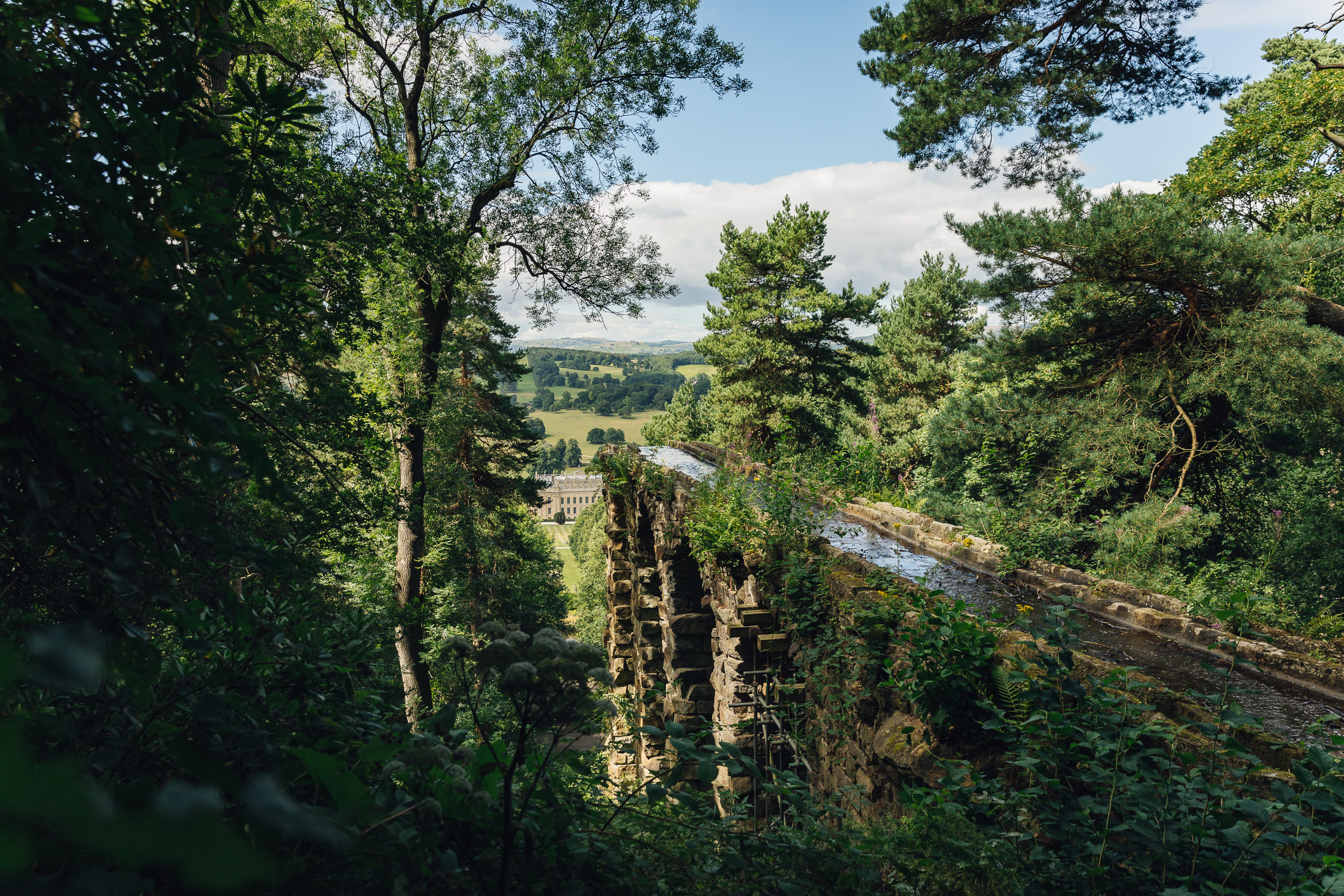The Cascade story sits as the centrepiece of a complex ‘water artery’ running from the moors to the Derwent River. Sustainability and the environment are central to Chatsworth’s story. Today, this water artery also provides a supply for watering the garden, flushing the toilets and powering the fire-hydrant system.
Chatsworth has some of the earliest surviving water-fed garden ornaments in England – the Willow Tree and Seahorse fountains built in the 1680s, the Cascade in the 1690s and the Emperor Fountain in 1844.
A complex network of underground pipes take advantage of the steep landscape to channel water from constructed lakes on the moor above Chatsworth via an elaborate system of ponds and watercourses through the garden and into the river. Many of these pipes are still original and are mostly in continuous use which requires constant care and attention.
In 1893, the 8th Duke commissioned water-powered turbines to be installed to harness power from the gravity-fed water system. Chatsworth was one of the first country houses to generate its own electricity, and the house was powered by this green electricity until 1936, when the estate connected into the National Grid. In the 1980s the 11th Duke commissioned a new turbine, fed by the same 19th-century pipes. This turbine continues to provide electricity to the house today.




